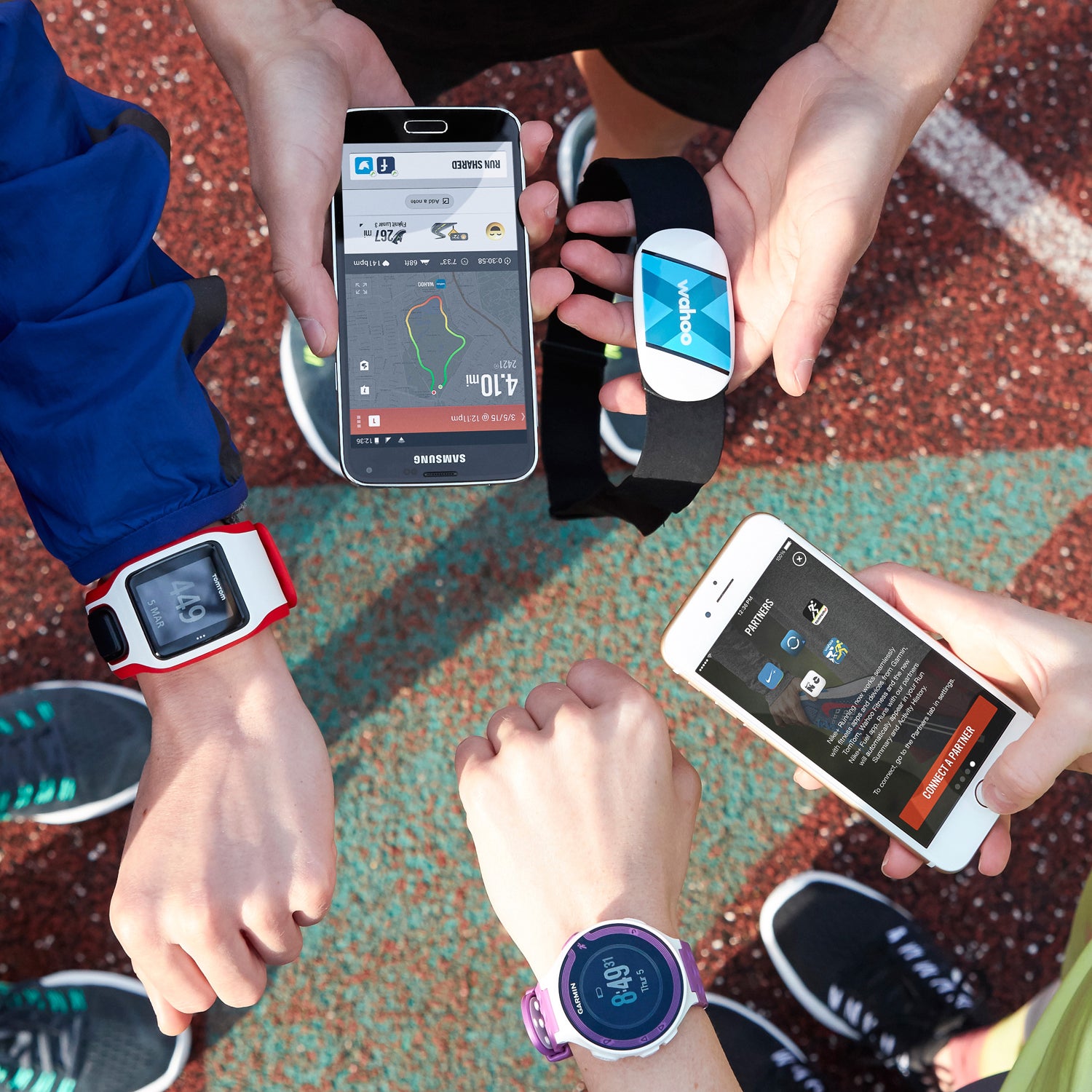Our high school swim coach had a good strategy for making us work harder in practice. Every once in a while he’d stick four people in a lane, and every 100 yards, the person in the back had to get to the front. But the person in the front was allowed to push the pace and try to hold off the person in the back. What this meant was that by the end of practice, we’d swim hundreds of yards all-out with extra-hard intervals in between—harder than we’d gone if we’d simply been given basic drills.��
That, essentially, is what hundreds of apps and devices are now calling gamification, or adding game elements to non-game situations. “It’s just a fancier way of saying motivation, or rewards and incentives,” says Cameron Lister, a public health researcher who recently published a paper on gamification in health and fitness apps in the journal .��
But Lister argues, these apps aren’t nearly as good as they could be at helping us stay motivated to train. Developers tend to integrate just a few elements of game theory—and often no elements of behavioral theory—into their programs. “They’re picking and choosing different elements of what makes games fun and addicting,” Lister says, like external rewards. Think: Strava’s cups and KOMs, or . “Behavior is much more complicated than just the motivation to do a behavior. A lot of it has to do with other things like the ability to manage stress, schedules, and environmental factors which apps can’t address very well,” Lister says. And then there’s the obvious point: “Everybody’s motivated by different things.”
“Gamification is just a fancier way of saying motivation, or rewards and incentives,” says public health researcher Cameron Lister.
The good news though is that as of last winter, when Lister and his colleagues combed the Apple App Store for “gamified” health and fitness offerings, they found 132 apps that contained at least one of the “six core components of gamification for health” identified in their research. Social or peer pressure, they found, is the most used, followed by digital rewards, competitions, leaderboards, level of achievement or rank, and real-world prizes.��
That glut of apps means if cups no longer do it for you, you can switch to, say, virtual zombies. In fact, Lister praises for incorporating an element taken from video games: narrative context, or story.��
“It’s really trying to put you into a game,” Lister says. That effort to make video-game quality apps, he believes, may better sustain our interest in using them and by association, staying active, in the long term.��
And if you’re just looking for something to spice up your workouts, these gamified apps may be ideal. Because today’s offerings and the tech that enables them (GPS, pedometers, power meters, heart rate monitors…) are simply modern versions of classic endurance training games, like the one we played in high school. External factors can help us “deal with staleness and boredom in training,” says Dr. Chris Carr, a sport and performance psychologist at St. Vincent Sports Performance in Indianapolis. “The idea is that if you have changes in” certain training days, “it changes attention and may retrigger motivation.” In other words, they’re effective ways to mix up your training and make you work harder within a grander goal. Which, in my case on the high school swim team, was to qualify for the state meet.
But the key is to use gamification judiciously and not get dependent on it, lest you soften your own mental game and fail to push through tough spots. “Without internal motivation,” Carr says, “you’re just going to run out of games instead of doing it when it’s really hard and staying committed to yourself.”
In the off-season, however, when your only goal is to maintain a base level of fitness, go ahead and run away from the Zombies. Or GPS draw phallic routes. Whatever gets you up and moving, we won’t judge.��


